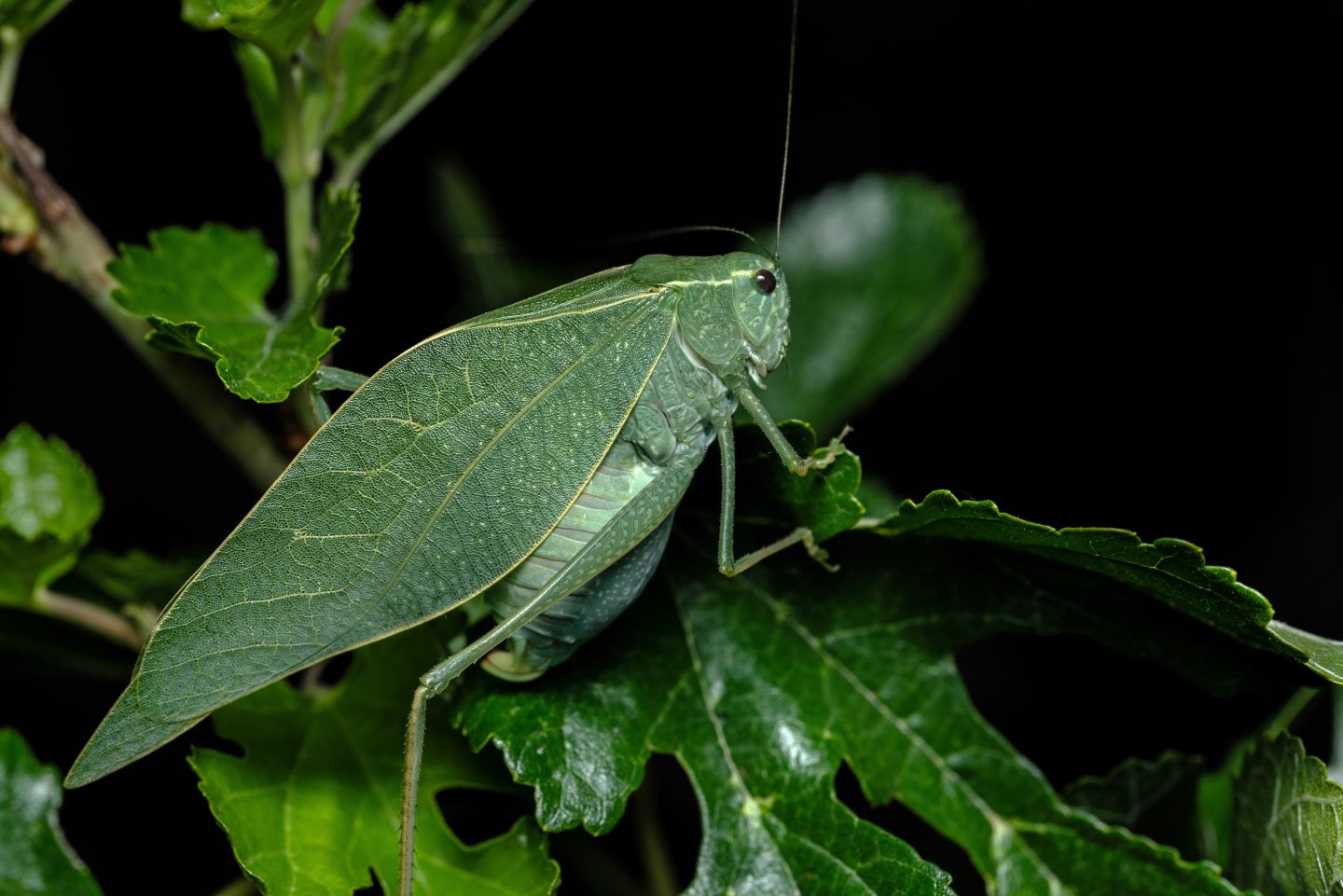
By Brianna Nugent
Camouflage and mimicry are two fascinating adaptions that insects have developed for survival. These strategies not only help insects avoid predators but also enhance their chances of success in a world teeming with threats. While both camouflage and mimicry involve deception, they are distinct in their methods and outcomes.
Camouflage – Blending Into the Environment
When you hear the word camouflage, what comes to mind? Perhaps you imagine a barred owl perfectly patterned to meld into the bark of an old cottonwood tree or a sharp-tailed grouse disappearing into an endless sea of grass. Animals can use coloration, shape, patterns, or all three, to conceal themselves into their environments.
Insects, too, have all sorts of tricks up their (metaphorical) sleeves when it comes to hiding in plain sight, making them nearly impossible to spot, even when you are trying to look for them. As someone who is a hobby macro photographer, finding insects can be the most challenging part!
Threats are everywhere when you are insect size. From birds and other insects to nosy humans with cameras, the attacks are endless. By using patterns and coloration, insects can effortlessly hide out in the open. Many are covered in different shades of browns and greens to blend in with the plants and trees where they frequently forage.
Camouflage, But Make It Fashion
The larva of the wavy-lined emerald moth takes camouflage to another level. Also known as the camouflage looper caterpillar, this invisible inchworm will chew off bits of flowers and attach the pieces to its body using silk from spinnerets located under its mouth. The caterpillar becomes the flower and is virtually invisible to potential predators. If that isn’t amazing enough, the caterpillar can change its “outfit” as it moves to a different flower species or if the flower bits become dry and wilted.
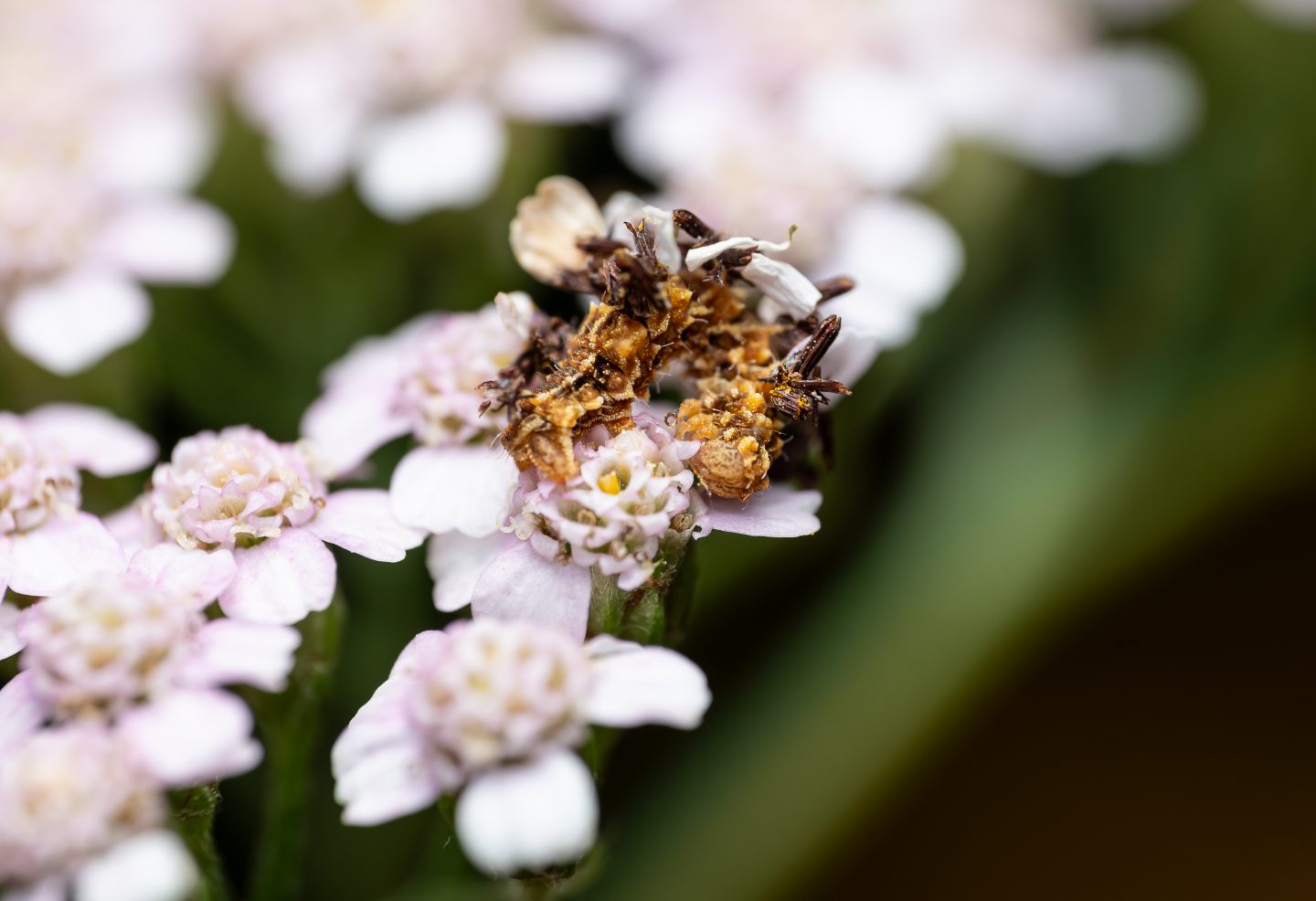
Invisibility Cloak
Although they are considered arachnids and not insects, I couldn’t leave out these spectacular spiders. In Nebraska, we have two notable crab spider species that perform an elaborate disappearance act —the white-banded crab spider and the goldenrod crab spider. These tiny magicians can shift their coloration between white and yellow depending on the flower from which they choose to ambush their prey. To accomplish this sorcery, they spend two to three days either mobilizing sequestered pigments or synthesizing new pigments. There are only a few arachnids in the world known to have this adaptation!
Crab spiders prey on pollinators as well as other insects that are unlucky enough to venture too close to their petal lair. A common adaptation that pollinators have is their ability to see in ultraviolet, and crab spiders use this to their advantage by reflecting UV light, which allows them to further their superpower of invisibility.
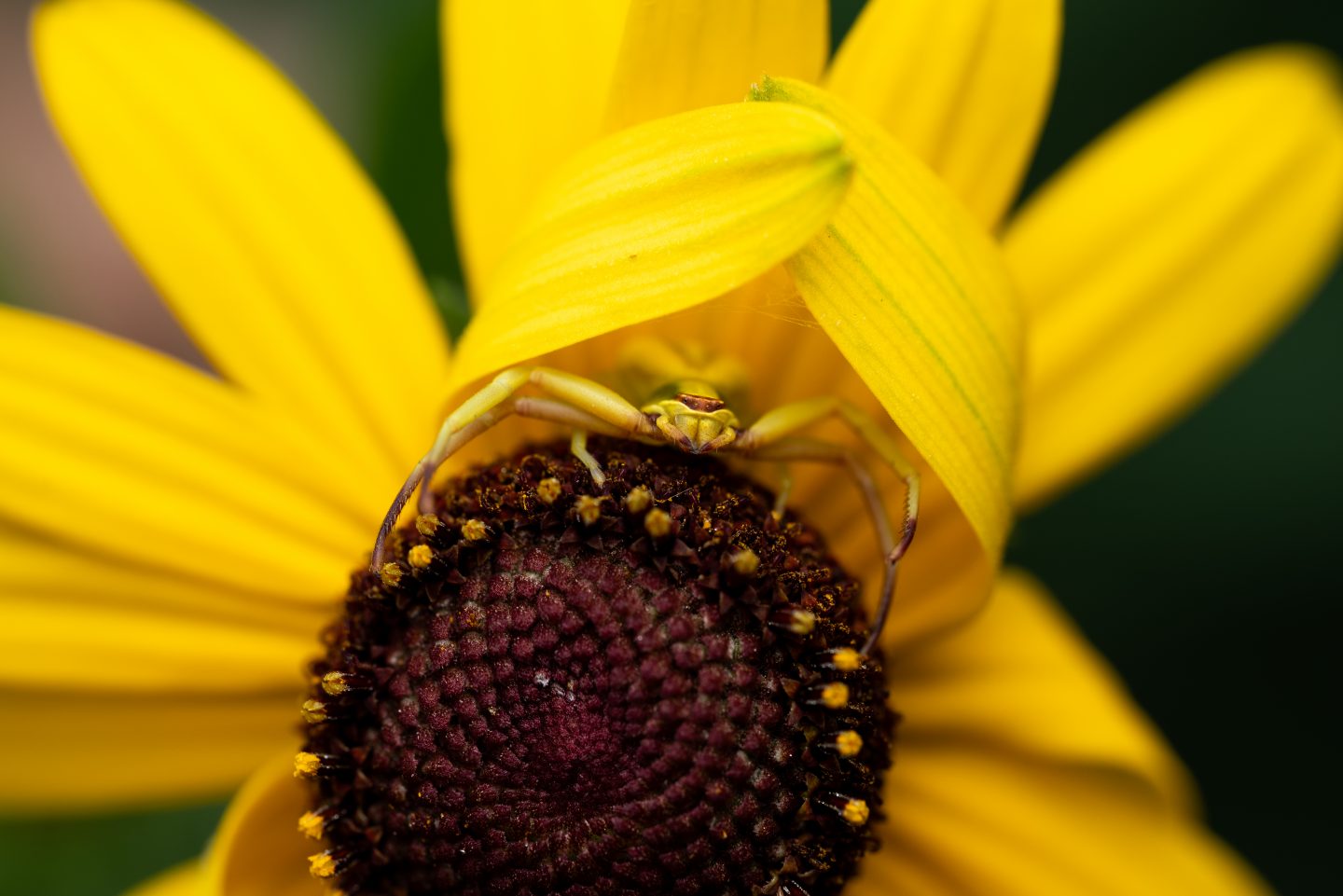
Mimicry
While animals rely on their environments to practice camouflage, mimicry involves physical adaptations that change an animal’s appearance to copy another species. A common example is moth and butterfly species that have “owl eye” markings on their wings to ward off predators. There are also quite a few caterpillars that mimic snake heads or even bird poop to fool the “bird brains” that might try to eat them. Insects such as katydids, walking sticks, mantids and treehoppers have adopted the appearance of various plant parts like leaves, sticks, thorns and flowers.
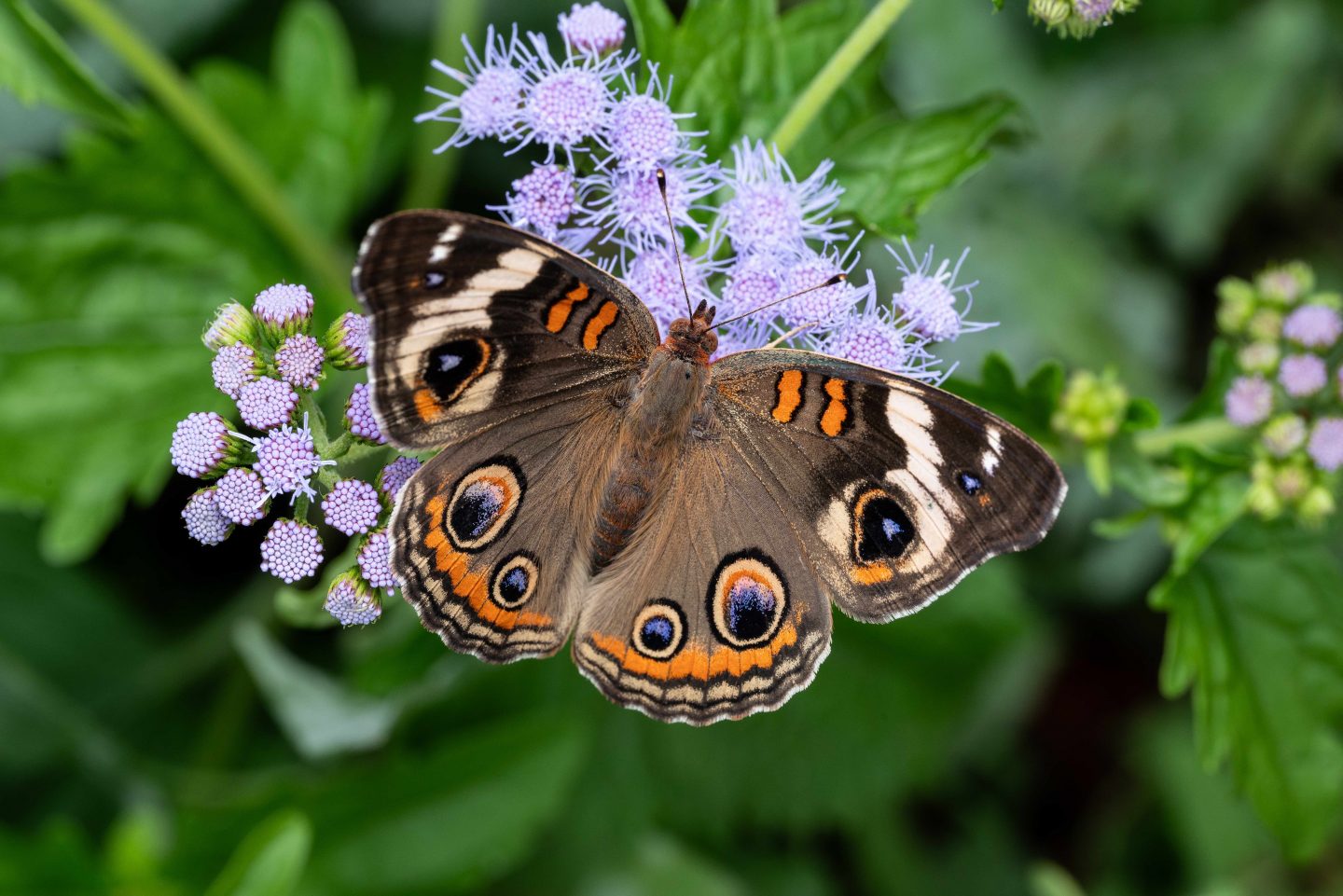
Müllerian Mimicry – A Mutual Benefit
Müllerian mimicry, named after the biologist Fritz Müller, involves two or more harmful or unpalatable species evolving to resemble each other. This form of mimicry benefits all the mimics by reinforcing the avoidance behavior in predators. For instance, several species of bees and wasps have evolved similar warning coloration—bright stripes and markings of yellow, black, red and orange. This shared appearance ensures that predators quickly learn to avoid these species, benefiting all involved through collective recognition and avoidance.
Below, the hidalgo mason wasp (top) and brown-belted bumble bee (bottom) both have similar black and yellow stripes that signal to predators that they are toxic.
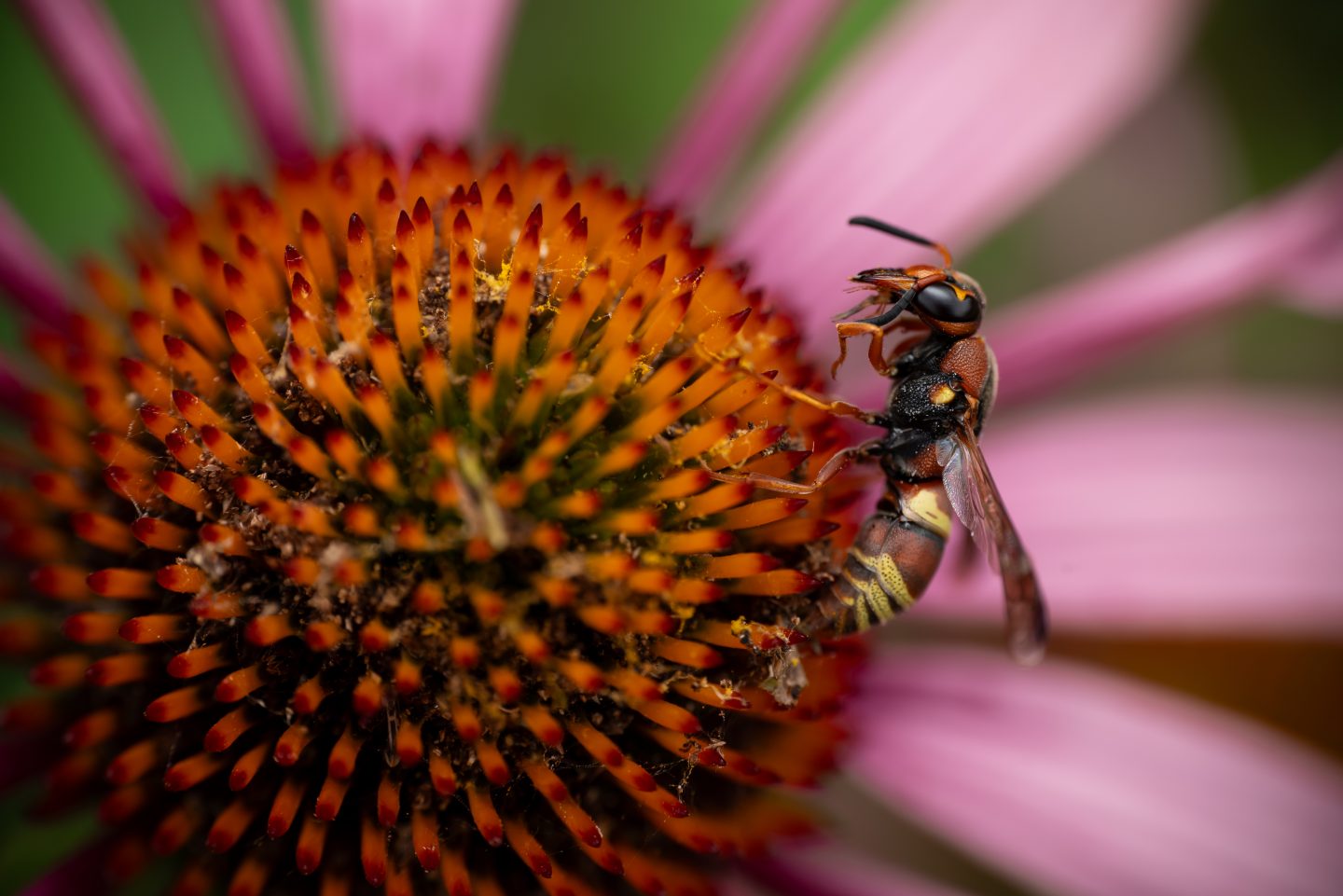
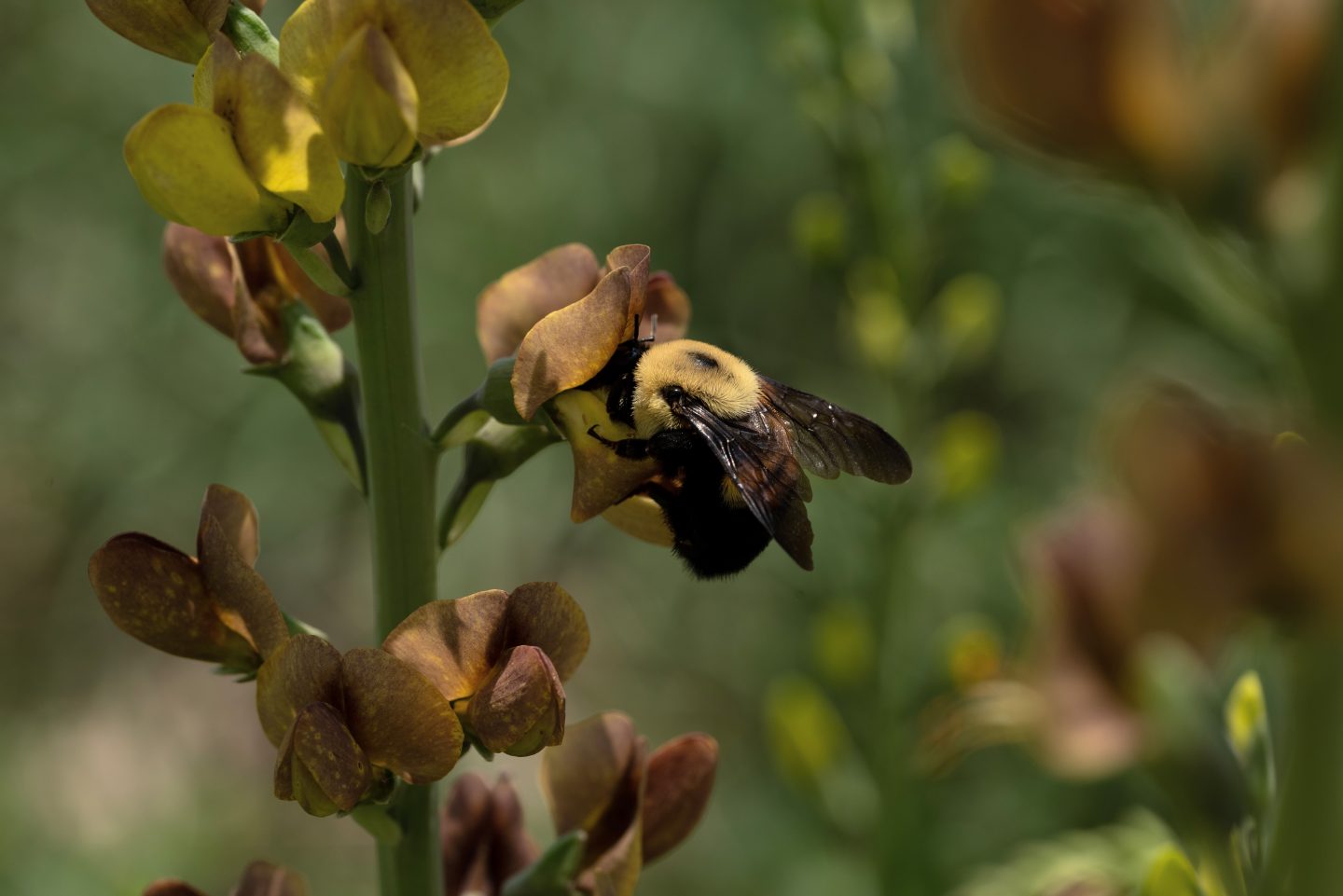
Batesian Mimicry – The Deceptive Imitator
Coined after the naturalist Henry Walter Bates, Batesian mimicry involves a harmless insect evolving to resemble a harmful or unpalatable species. In Batesian mimicry, the success of the mimicry relies on the abundance of the model species (the harmful or unpalatable one). If the model is rare, the predator might not learn the association between appearance and unpleasant experience, making the mimicry less effective.
The monarch and viceroy butterfly species are the perfect example of how both mimicry methods can be utilized. Monarch butterfly larvae feed on milkweed species that contain a toxic white sap. This makes both the larva and adult stages poisonous for predators to consume. As adults, monarchs use their bright orange coloration to warn predators of their toxicity.
The viceroy butterfly, which is usually non-toxic, has developed almost identical coloration and markings to the monarch in the hopes of tricking predators. However, scientists recently discovered that in areas where monarchs and viceroys do not co-exist, viceroys can store toxins from the willow leaves they fed on as caterpillars to equip themselves with their own dose of poison. This adaptation allows them to ward off predators without relying on mimicry.
Below, it is easy to see how the similar patterns of the monarch (top) and viceroy butterfly (bottom) could confuse predators.
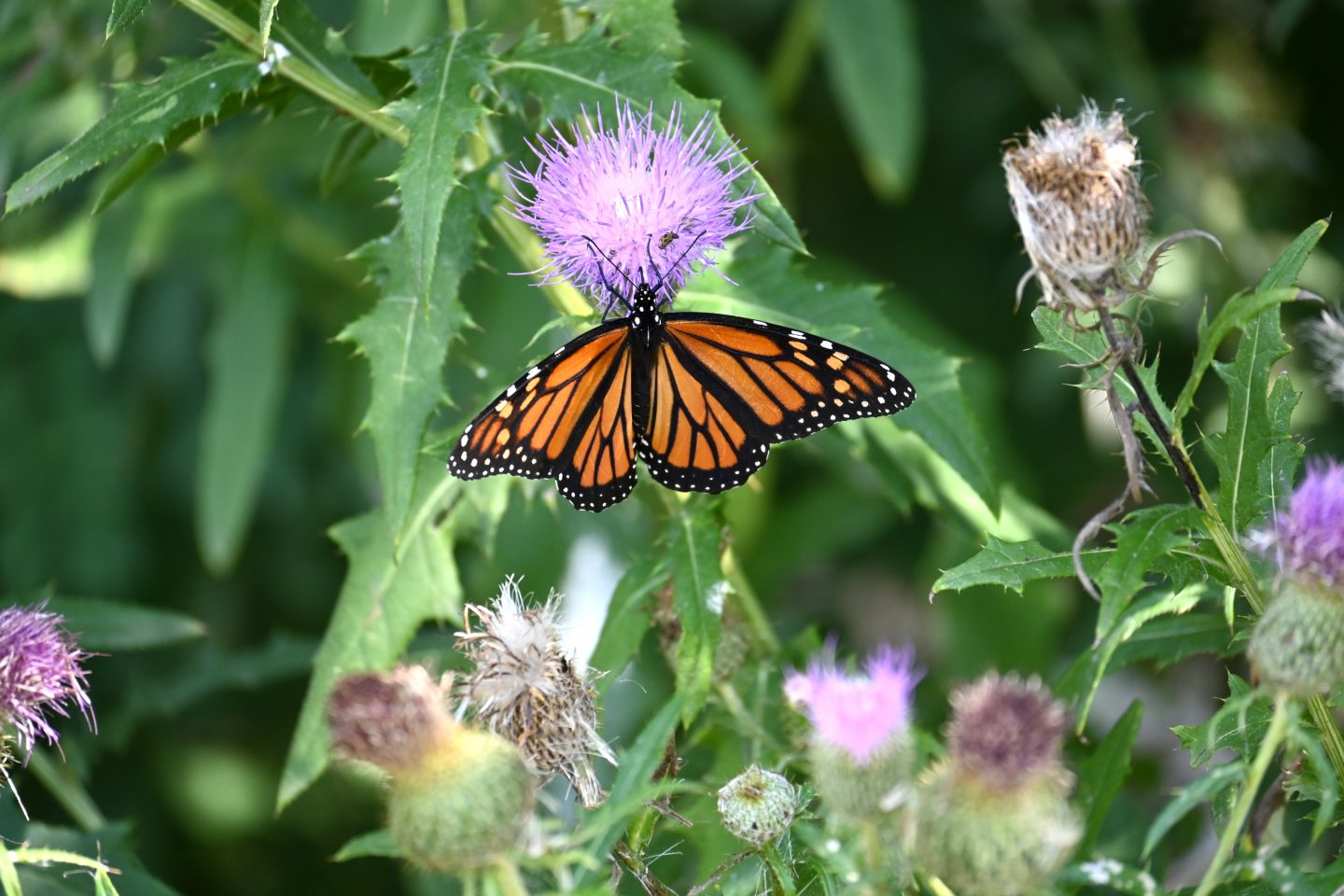
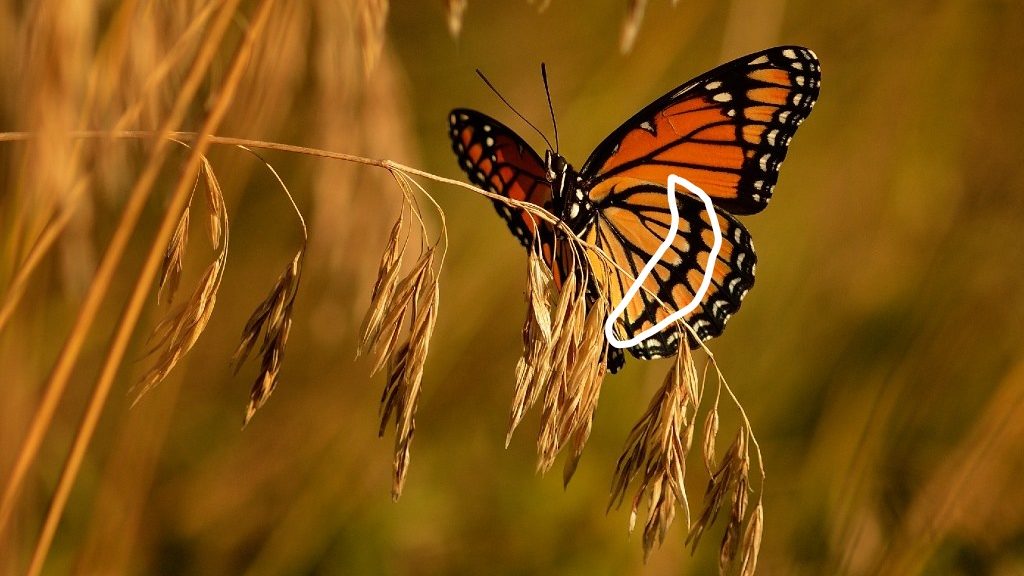
Camouflage and mimicry showcase nature’s ingenuity in the evolutionary arms race between predator and prey. These strategies are testaments to the complex and fascinating ways insects navigate and survive in their worlds.
